- Joined
- Mar 17, 2014
- Messages
- 40,239
- Points
- 1,033
Tiny Lund - 1973 Daytona Permatex 300 winner.
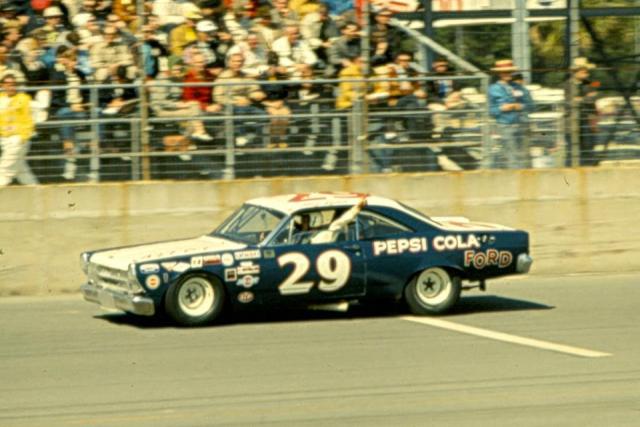


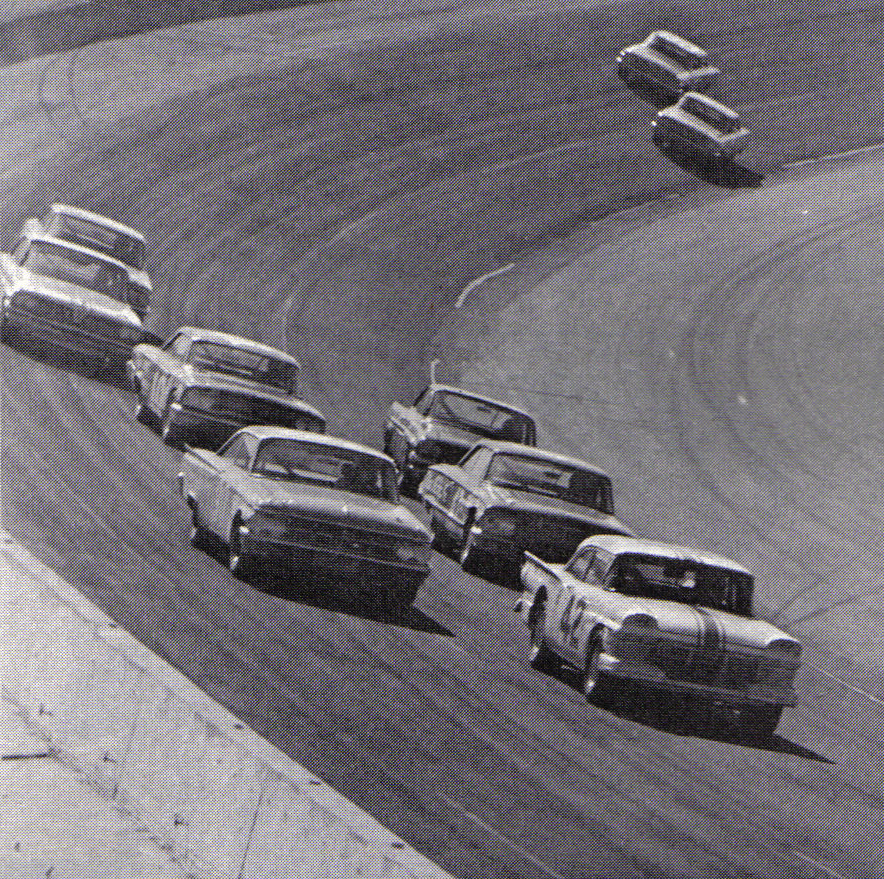

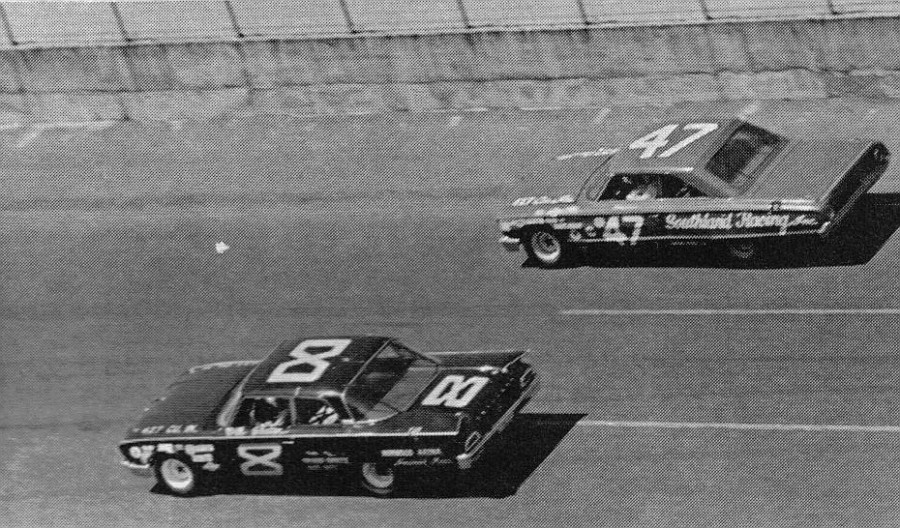
The coordinating matching colors are outstanding and they are so inspiring, very tastefully done.
The heels match the car and the wardrobe matches the wing.
ankles?
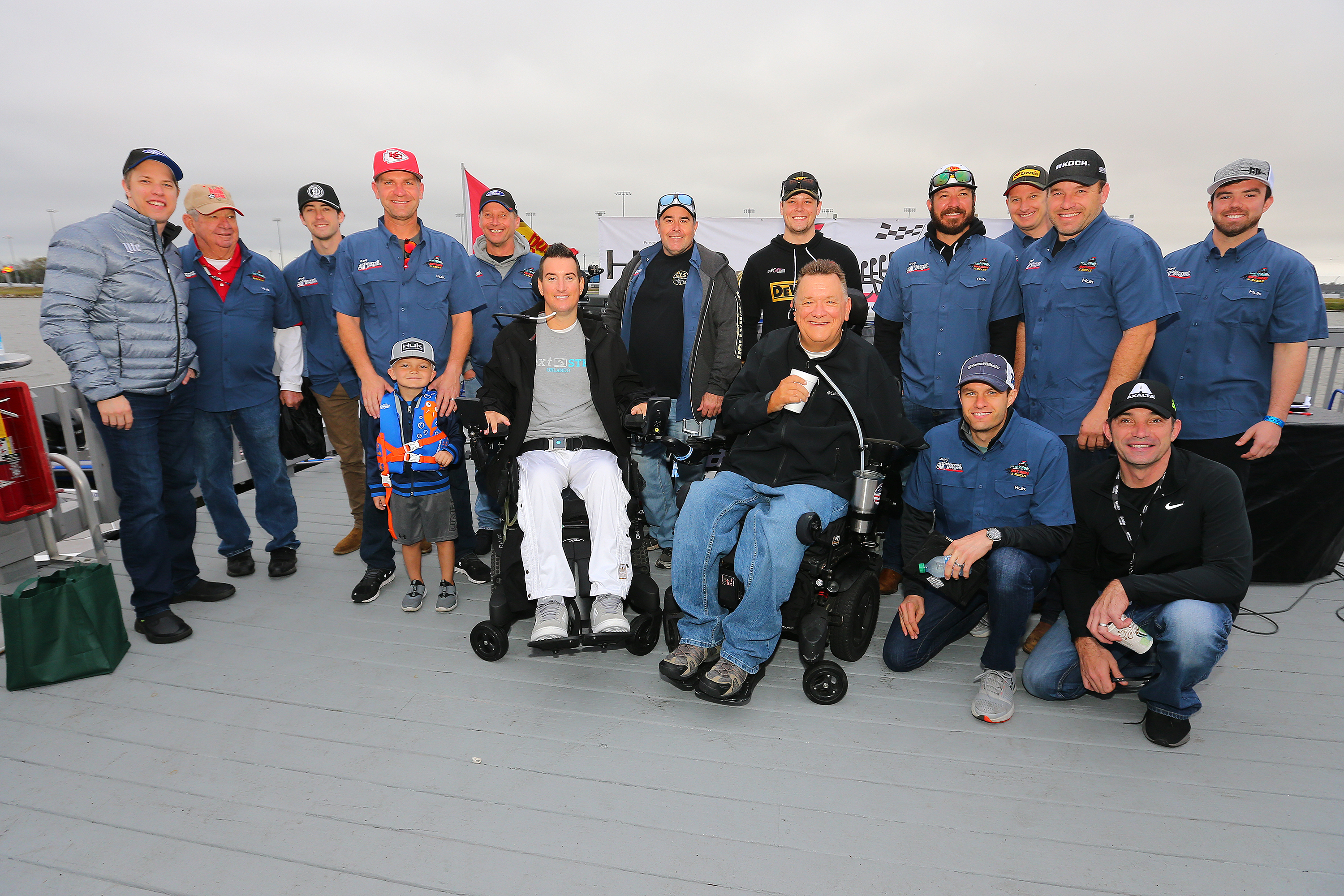
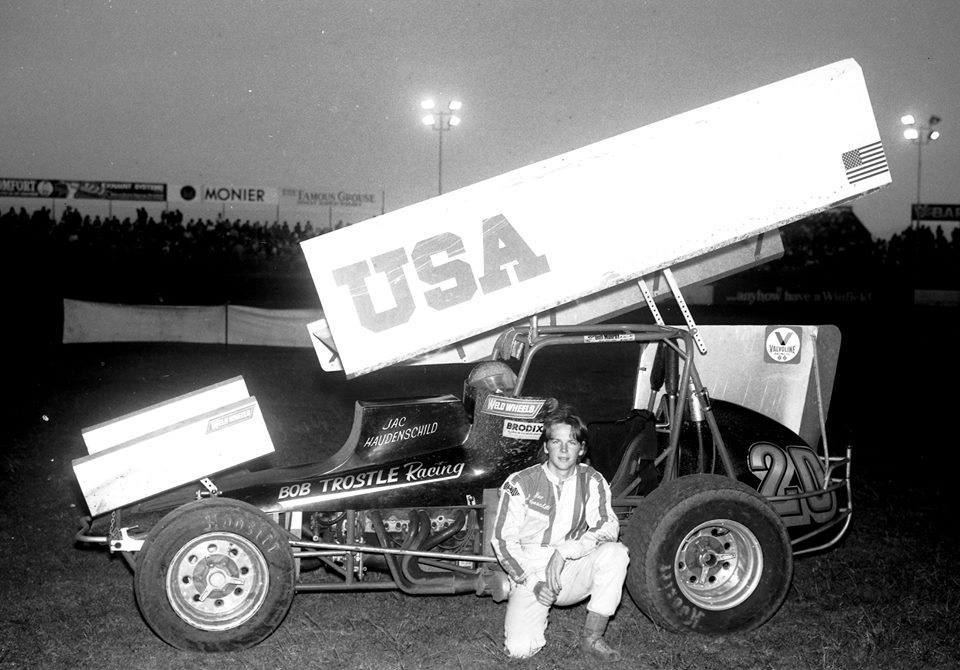
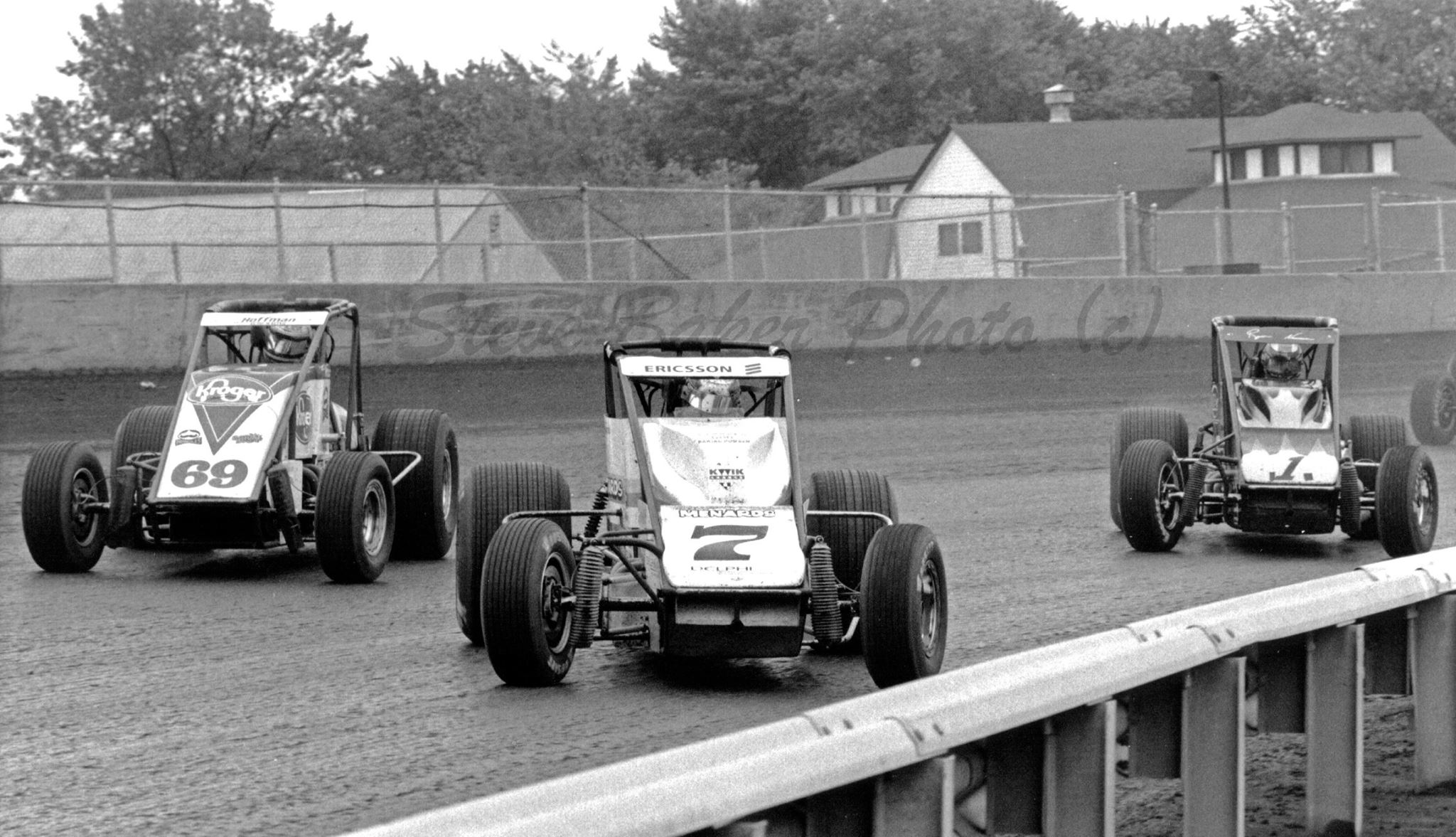
Hell of a driverWild Child ...

Member of the Peach Fuzz gang.Nelson started shaving a couple of years after that shot was taken.
REFLECTIONS ON AUTORACING'SThe United States Auto Club racing circle could never, ever have been mistaken for a hippie commune.
ORIGINAL "OUTLAW "
Until Jan Opperman came along. Auto racing's original "outlaw" straggled into western Ohio's Eldora Speedway March 31, 1974, looking more like someone who had made a wrong turn at Woodstock than a bona fide sprint-car driver.
His hair was long and shaggy; he wore a floppy prospector's hat with beads around it and a crucifix on the front. And he wore his new-age Christianity on the sleeve of his denim jacket like a sponsor's patch.
He also wore it on the front of his sprint car, a black, Maltese-style cross painted on the nose of a machine that otherwise looked as if it had been painted at one of those $39.95 paint-job places that advertise on television after midnight.
The USAC sprint-car crowd, most of whom could have passed for Marine recruiters or Sunday school teachers, didn't quite know what to make of this avowed nonconformist and Jesus freak and his ratty-looking car; they just knew they had to beat him and send him back to the outlaw boondocks. They couldn't.
Opperman won that first race when he came from the "outlaw" tracks of eastern Pennsylvania and beyond, with a reputation that preceded him like the smell of rain blowing in. But not before a flying dirt clod hit him squarely in the face, splitting his lip, bloodying his nose, loosening a few of his teeth and boggling his mind like the mind-altering drugs he used to do.
He still managed to regain his senses and win the race that the USAC gang figured would be his rude introduction to the officially sanctioned brand of sprint-car racing. In that one afternoon, as he praised the Lord and passed the competition, Jan Opperman single-handedly turned "outlaw" into a respectable term in the racing vernacular and provided the original inspiration for the highly successful World of Outlaws series of today.
He would win more USAC races and bring to the rather "square" USAC scene something it didn't want but truly needed: a colorful and outspoken character who wasn't shy about professing his beliefs or admitting to the errors of his past, hippie ways.
"I had been into the hippie scene when it was a fad to have long hair and a pocketful of dope," he once said, with a broad smile shining out from beneath the shadow of his floppy hat. "I did a lot of mind-expanding drugs and was into Eastern religions, the whole trip, all the time trying to get into something heavier.
"And I finally did."
The former rodeo cowboy and motorcycle racer, it turned out, had been turned around by a neighboring farmer when he, his wife and their four kids moved to Beaver Crossing, Neb., population 380, in 1970. The farmer came down to help the new arrivals move in, even though, by Opperman's account, they "must have looked like a bunch of hippies in an old beat-up car."
The next day, the California-born racing driver figured he'd reciprocate by sharing some marijuana with the helpful new neighbor. The farmer politely declined to be "turned on."
"He looks at me and says, 'I've got something to turn you onto -- Jesus Christ'," Opperman later recalled. "That really made me stop and think. I mean, wow, this guy had this great sharing, loving attitude, so I figured I better look into it. And I found out he was right."
The spiritual awakening resulted in more than the black cross on the nose of his race car and the crucifix he always wore. Opperman would start a home for troubled boys in Montana, where he could, as he put it, "give 'em a lot of discipline, even more love and introduce them to Jesus."
Meanwhile, Opperman found his own way to the Holy Land of Establishment racing, the Indianapolis 500. He raced there in 1974, for the top-of-the-line team run by former champion Parnelli Jones -- after getting a haircut, shelving the battered hat and putting on a clean driving uniform.
"I know it seemed to a lot of people that I had to sell out or cop out on myself to race at Indianapolis," he said shortly afterward, "but I like that kind of racing. Cutting my hair and wearing a clean uniform was a very cheap price to pay for that experience. It's a far-out place."
The same year, he was voted onto the 1974 All-American Racing Team by the nation's racing journalists, the first dirt-track gypsy ever to make the list of top-10 drivers. He got the fifth-highest number of votes, just behind such staid types as Johnny Rutherford, Richard Petty, Bobby Unser and Mario Andretti.
He raced again at Indy in 1976 but then returned to the more free-spirited atmosphere of the dirt bullrings that had nurtured his racing skills and his vagabond lifestyle.
"I don't dig talkin' nice and dressin' nice just to impress people," the irrepressible outlaw explained. "You wind up with nicer cars, nicer women, nicer booze, but no love.
"I'd rather just be me."
And so he was. But he was critically injured during the Hoosier Hundred in the fall of 1976, leaving him unconscious for three days. When he finally came to, Opperman figured he had come back from the dead.
"I know I was literally snuffed," he said, recuperating at the home of sprint-car racer Rich Leavell in Elwood that autumn. "They had tubes sticking out of me, and I was turning blue.
"What got me back to life was all those people who believed in the power of Jesus and used it to bring me back from the dead. I'd always believed that was possible, and now I'm sure of it."
Opperman would come back to racing, too, but never regained his old winning form. Another crash, in 1981 at Jennerstown, Pa., made him a virtual invalid, his free spirit trapped in a body and a mind that could barely function on their own. He was to spend the last 16 years of his life confined to his mother's home.
He died -- some would say mercifully -- last week at the age of 58. His passing went almost unnoticed, overshadowed as it was by the deaths of Princess Diana and Mother Teresa.
Opperman himself wouldn't have cared that his obituary got lost in the swirl of world events. Despite the publicity that stalked him from the minute he sashayed into Eldora Speedway, he much preferred life away from the pit-side paparazzi.
"Man, I do not need publicity," he once said. "I've always preferred the private life."
Like the relative privacy of the boys' camp in Montana.
"It really is fantastic out there, right on the edge of pure, raw wilderness," he noted, smiling out from under his trademark hippie hat. "I get the same feeling up there that I do when I'm letting it all hang out in a race car, except there's not all the people and commotion you have when you get out of a race car."
Maybe, just maybe, racing's original outlaw has finally found another peaceful place like that, where he can be free to kick up a little dust and raise a few eyebrows forever.
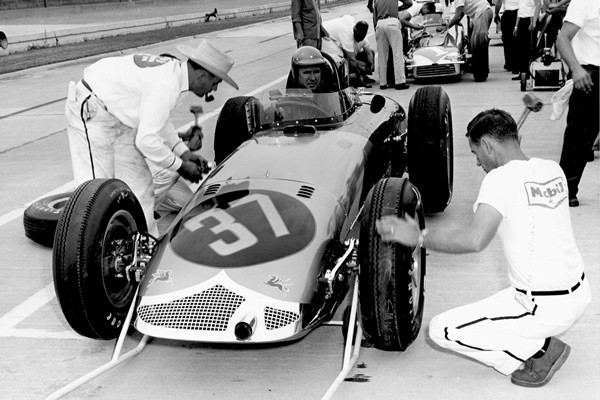
Look, single lug wheels. ......with hammers!!!More Smokey ...The Reverse Torque Special

“Look, if you’ve got a front engine car with rear wheel drive, open the door and leave it wide open, and then start engine without putting it into gear, goose the motor good. Notice how driver’s door raises up and right side of car goes down (this conversation is for circle track left hand turns only). With conventional engine rotation, you’re transferring weight to the right side of the car—when you turn left the weight goes there anyway. The idea of reverse rotation is, when you accelerate hard the weight comes to the left front and left rear, and pulls weight off of the right front. This more evenly distributes weight across the chassis, increases your lateral traction on the front and back end. You go faster.”
I remember Jan Opperman as a sprint car maestro from 1971, when I lived for a short time in central Pennsylvania. This was about the time Opperman teamed up with sprint car owner Luke Bogar. Opperman described their first meeting, after a mutual friend hinted that Bogar might be interested in hiring Opperman...
"I went over to Bogar's shop to talk about his ride. I was a hippie from California, with beads and a peace sign. So I asked Hentzelman (Bogar's mechanic), "What's your philosophy of racin'?" He spit some tobacco juice in the corner, and said "Piss runs downhill." I knew right then we was gonna be fast and run good."
In 1972, Opperman won 44 A-mains in Bogar's No. 99 sprinter, out of approximately 90 races entered. Holy Toledo... 44 out of 90.
View attachment 45691
Below is an award-winning homage to Opperman written after he passed away in 1997, written by Jerry Miller and published in the Johnson County (Indiana) Daily Journal...
I agree! Opperman quote from article:
"I don't dig talkin' nice and dressin' nice just to impress people," the irrepressible outlaw explained. "You wind up with nicer cars, nicer women, nicer booze, but no love.
"I'd rather just be me."
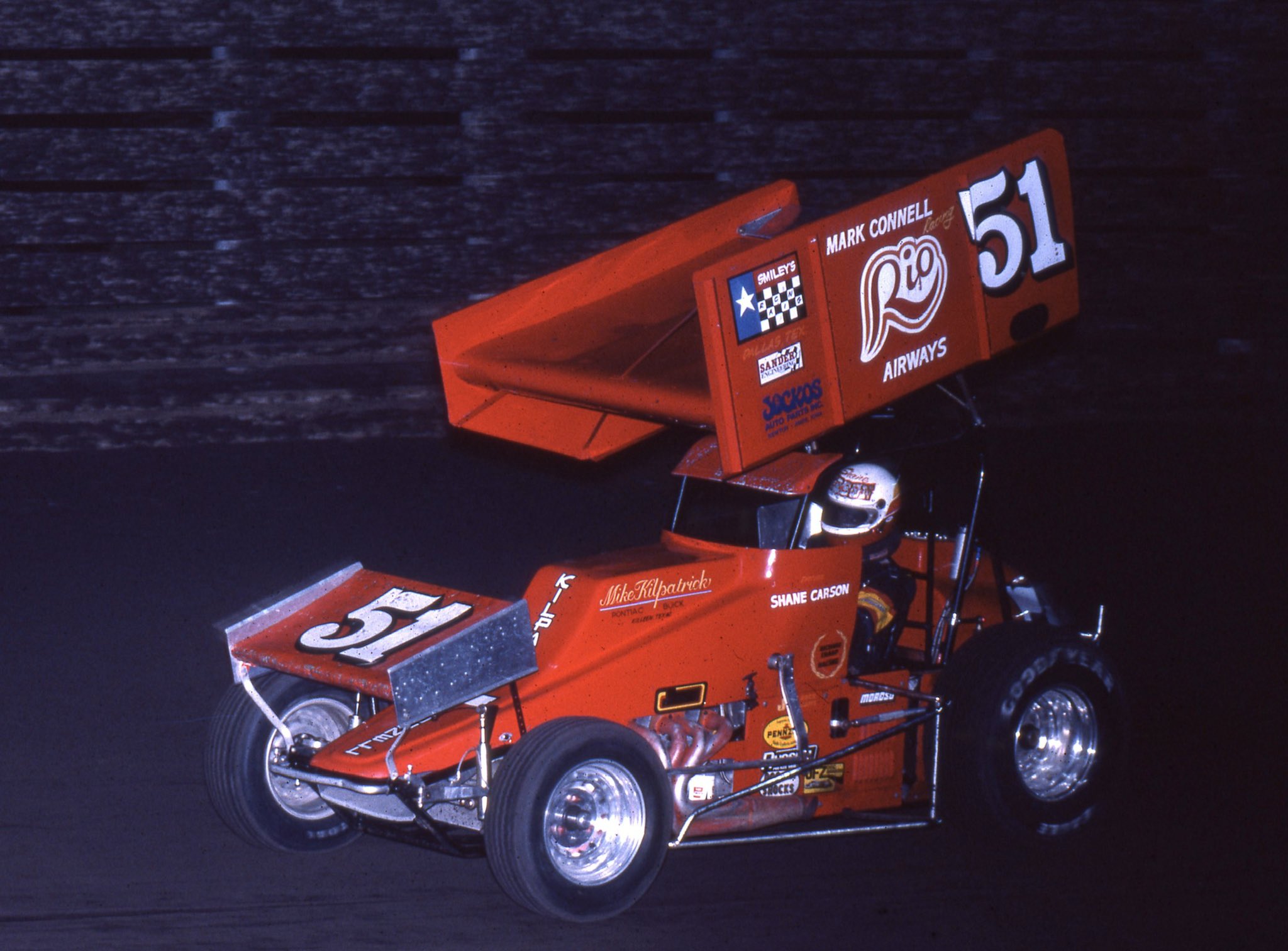

Shane Carson at The Knoxville Nationals

